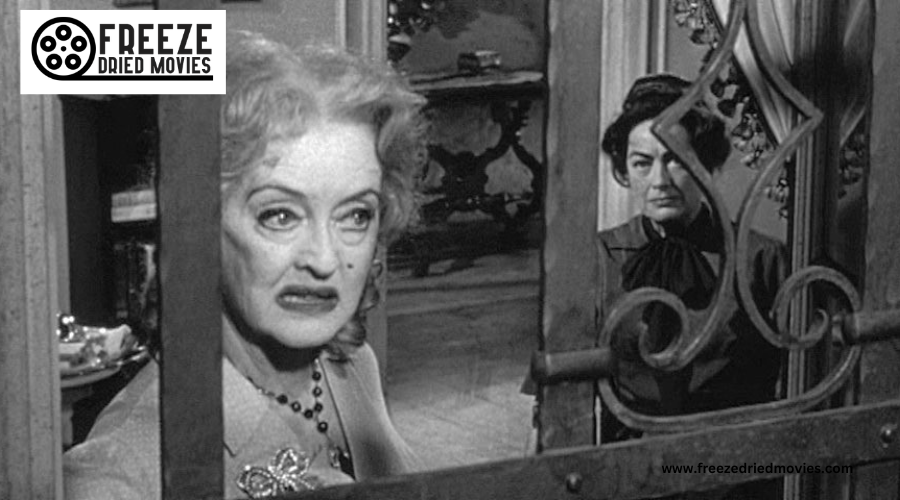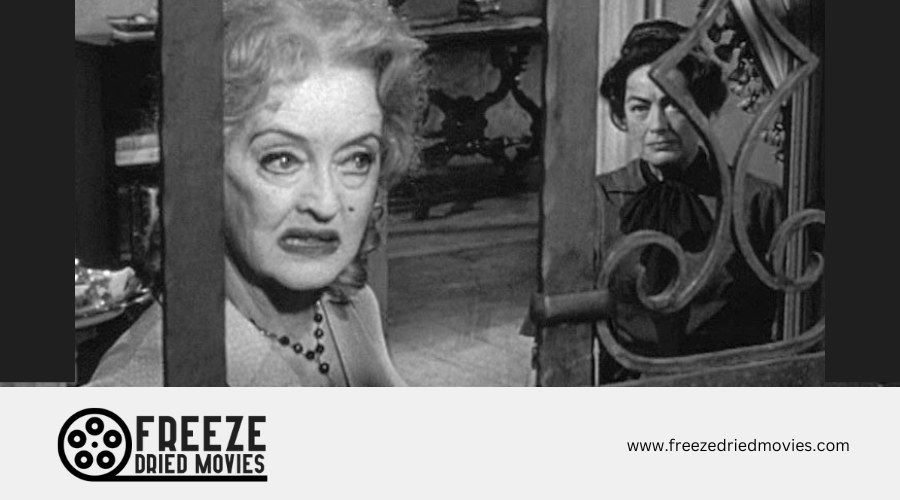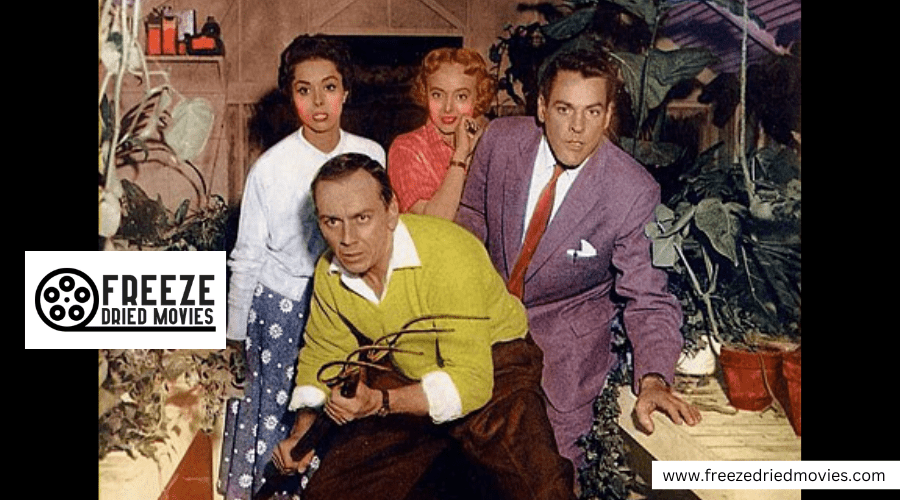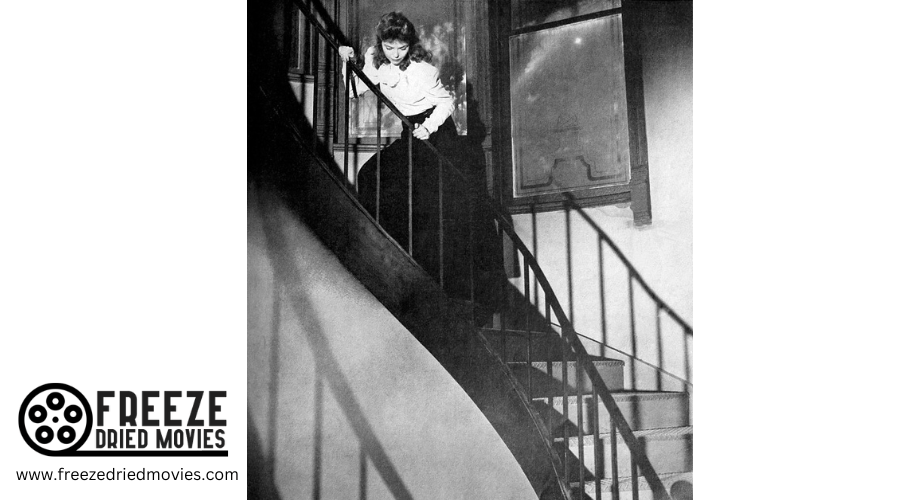2000s Horror Movies: A Decade of Scares and Innovations
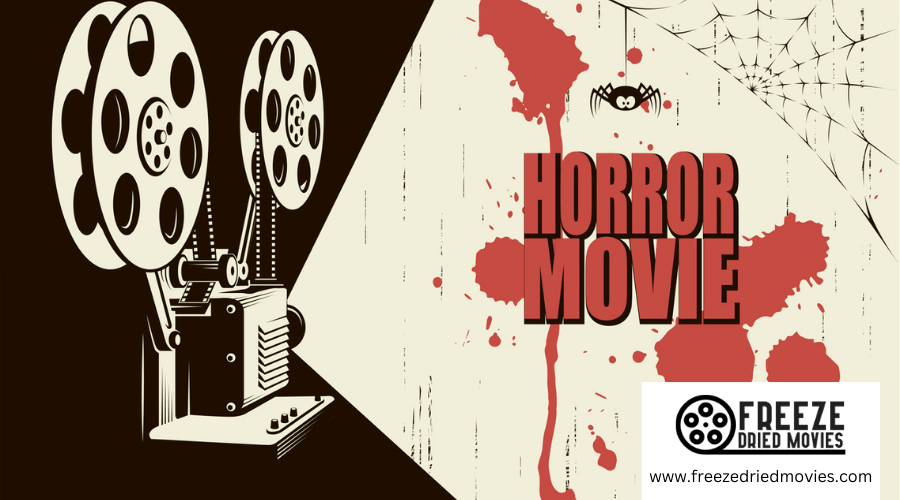
Horror films in the 2000s evolved to reflect the changing fears and anxieties of a new era. The decade saw a shift away from the lone psychopaths of the 1990s towards more diverse and complex threats. Movies like "American Psycho" and "Frailty" explored the darker sides of human nature, while films such as "Drag Me to Hell" and "Zombieland" blended horror with dark comedy.
The 2000s also saw a resurgence of zombie films, with "Dawn of the Dead" receiving a notable remake featuring Sarah Polley. Home invasion thrillers gained popularity, exemplified by movies like "Ils" (Them) starring Olivia Bonamy and Michaël Cohen. Slasher films continued to draw audiences, often with a self-aware twist. The "Saw" franchise, starring Cary Elwes in its first installment, kicked off a trend of graphic, morality-focused horror that dominated much of the decade.
Terminal Terror: Final Destination
"Final Destination" hit theaters in 2000, bringing a new twist to horror films. The movie follows a group of teens who escape a plane crash thanks to one student's chilling vision. But their relief is short-lived as death comes for them one by one.
The film's creators, James Wong and Glen Morgan, drew from their work on "The X-Files" to craft this eerie tale. Their experience with supernatural themes shines through in the movie's suspenseful plot.
"Final Destination" stands out for its unique take on horror. Instead of a masked killer, the villain is death itself, invisible yet always present. This fresh approach helped kick off a new era in scary movies.
The plane crash scene is a standout moment. It's a shocking display of destruction that grabs viewers' attention right from the start. This scene set a high bar for disaster sequences in future films.
The movie's success led to several sequels, each with its own deadly scenarios. But the original remains a fan favorite for its clever concept and tense atmosphere.
"Final Destination" tapped into real fears about air travel and fate. Its release, not long before the events of 9/11, gave it an unintended resonance that still lingers today.
Soldiers in Peril: Horror from the Frontlines
Canine Warriors (2002)
This British fright flick pits military men against mythical beasts in the Scottish wilderness. A group of soldiers on a training mission face an ancient threat lurking in the forest. Their combat skills prove useless against a silent, deadly foe that knows the terrain better than they do. As the unseen enemy picks them off one by one, the squad's unity crumbles. The film taps into fears of unseen dangers and the limits of military might against supernatural forces.
Trench Terror (2002)
Set in the muddy trenches of World War I, this movie follows a 1917 platoon confronting an unexplained menace. As they face an unknown threat, the soldiers struggle to work together. Each man must confront his fears alone in the mud and darkness. The film blends wartime horrors with supernatural dread, creating a claustrophobic nightmare. It explores themes of isolation and the breakdown of military order in the face of inexplicable dangers.
Viral Apocalypse (2002)
This low-budget thriller reinvented zombie movies for a new era. A virus turns people into rage-filled attackers, devastating Britain. While not technically undead, these fast-moving infected sparked debates among horror fans. The film's empty cityscapes proved eerily similar to real-world disasters that followed.
Shot on digital cameras, the movie has a gritty, immediate feel. It shows familiar landmarks in ruins, tapping into post-9/11 anxieties. The story also features soldiers who have lost their moral compass, foreshadowing real-world military scandals.
Director Danny Boyle crafted a movie that was both thrilling and thought-provoking. He drew strong performances from a cast that included Cillian Murphy and Naomie Harris. The film's success led to a sequel and influenced many later zombie stories.
These films reflect growing unease about military power and unseen threats in the early 2000s. They blend wartime settings with supernatural dangers, creating a potent mix of real-world fears and horror movie scares. By putting soldiers in peril against forces they can't understand or defeat, these movies tap into deeper anxieties about vulnerability and powerlessness in a changing world.
The Emergence and Decline of Extreme Horror
View this post on Instagram
The 2000s saw a surge in Asian horror films that captivated audiences worldwide. These movies often focused on supernatural themes, drawing from cultural beliefs about spirits and the afterlife. Many Asian cultures embrace the idea that consciousness continues after death, which is reflected in their ghost stories and horror films. Asian horror movies frequently explore the concept of haunted objects or places. This idea stems from traditional folk tales and urban legends about spirits attached to specific items or locations. In the late 1990s and early 2000s, filmmakers began applying this concept to modern technology, creating a new subgenre of tech-based horror. One of the most famous examples is Ringu, a Japanese film based on Kðji Suzuki's novel. The story revolves around a cursed videotape that kills viewers within a week of watching it. The vengeful spirit behind the curse is Sadako, a young girl with psychic abilities who was murdered and thrown into a well. Ringu became a massive hit in Asia and sparked international interest in Japanese horror. The success of Ringu led to several adaptations and remakes. A Korean version called The Ring Virus was released in 1999. In 2002, an American remake titled The Ring hit theaters, starring Naomi Watts. The U.S. version was a box office smash, earning $249 million worldwide. This success opened the door for more Asian horror remakes in Hollywood. Another popular Japanese horror film that received an American remake was Ju-On. The original movie tells the story of Kayako, a murdered woman whose spirit seeks revenge. The U.S. version, The Grudge, starred Sarah Michelle Gellar and performed well at the box office, though not as strongly as The Ring. While these initial remakes found success, subsequent attempts often fell short. Many U.S. producers struggled to capture the nuances and cultural elements that made the original Asian films so effective. For example, the American remake of the Korean film A Tale of Two Sisters, titled The Uninvited, was criticized for lacking the depth and atmosphere of its source material. Despite the mixed results of Hollywood remakes, interest in Asian horror continued to grow. Film distributors like Tartan Films helped introduce Western audiences to a wide range of Asian horror movies through their Asia Extreme collection. This included works by notable directors such as Park Chan-Wook and Shinya Tsukamoto. Some key differences set Asian horror apart from its Western counterparts. Asian films often emphasize psychological terror and supernatural elements, while Western horror has traditionally focused more on physical threats and slasher-style violence. This distinction is partly rooted in cultural and religious differences between East and West. Asian horror movies frequently feature ghosts with unfinished business, seeking justice or revenge. These spirits may be bound to specific objects or places, creating a sense of inescapable doom for the living characters who encounter them. The fear in these films comes from both the tangible threat of haunted items and the intangible dread of supernatural forces. The influence of Asian horror on global cinema has been significant. It has introduced new storytelling techniques, visual styles, and thematic elements to the genre. Many filmmakers and horror fans continue to draw inspiration from Asian horror classics, ensuring their impact will be felt for years to come. The 2000s saw a boom in low-budget horror films that went straight to DVD. New digital technology made it easier and cheaper to make movies. This led to a flood of horror flicks bypassing theaters and landing directly on home video shelves. Many of these films were made on shoestring budgets. Filmmakers often recruited friends to play zombies or monsters. While some were low-quality cash grabs, others became cult classics. The "found footage" subgenre thrived in this era. Movies like "Paranormal Activity" used a faux-documentary style to create scares on the cheap. This approach became hugely popular and spawned many imitators. Some standout straight-to-DVD horror films from this time include: The direct-to-DVD market also kept long-running horror franchises alive. Studios cranked out sequels to squeeze more profit from popular series. Some established horror directors chose to work in this space. It gave them more creative freedom and less worries about ratings or censorship. The result was often bloodier, more extreme films than what played in theaters.Movie Release Year Worldwide Box Office Saw 2004 $103 million Hostel 2005 $80 million Wolf Creek 2005 $27 million Asian Horror's Haunting Influence
Straight-To-DVD Horror Gems

